Canadian farmers urged to toe the line on pre-harvest pesticide application and market product restrictions to avoid grain marketing headaches.
Tag Archives Keep It Clean
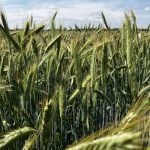
Keep it clean on pre-harvest chemical use
Farmers urged to toe the line on pre-harvest pesticide application and market product restrictions to avoid grain marketing headaches
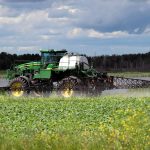
Protect your grain quality before you harvest
Avoid penalties and market headaches by following labels and talking to your grain buyer
Information on how Canadian farmers can avoid penalties and market headaches by following labels and talking to their grain buyers.

New risks flagged in this year’s ‘Keep it Clean’ list
The updates affect insecticide use on cereals and lentils
Keep it Clean, a collaboration between the Canola Council of Canada, Cereals Canada, Pulse Canada and the Prairie Oat Growers Association, publishes an annual advisory to help farmers navigate market risks related to agrochemical use.
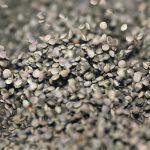
Speed vs. quality at harvest time
Harvest time always brings the urgency of getting the crop off the fields as fast as possible, but that need for speed must be balanced with the need to avoid damage. Research at North Dakota State University looked at the issue, beginning with dry beans because their value is particularly vulnerable to issues such as […] Read more
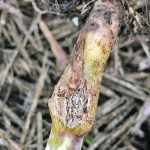
Watch spray timing this year
Late seeding this year will require producers to watch pre-harvest intervals for any pesticides they apply. “That’s really critical, especially this year,” said Ian Epp, an agronomy specialist and market access and pesticides lead with the Canola Council of Canada. “There are a lot of products that have one- or seven-day PHIs (pre-harvest intervals), but […] Read more

Keep It Clean urges caution with product use
Glacier FarmMedia – It’s nearly impossible for farmers to stay on top of the varied regulations set by various countries where their grain may be destined. Fortunately, Canadian farmers have an easy-to-follow tool to help them navigate these murky waters. “What we produce here in Canada far exceeds our domestic demand, so we need to […] Read more
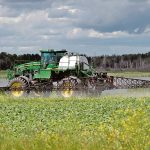
High-risk list drops two ag chemicals
Glacier FarmMedia – A 2024 product advisory from Keep it Clean is missing two names previously featured on a list of high-risk crop protection products. Keep it Clean is a joint initiative of the Canola Council of Canada, Cereals Canada, Pulse Canada and the Prairie Oat Growers Association. The group releases an annual product advisory […] Read more
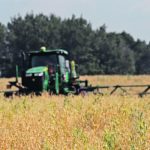
Clean grain keeps markets open for all
Contaminants in grain not only lower your price on that load, it can also have a negative impact on future buyers and end users. The solution? Keep it Clean. Started by the Canola Council of Canada in 2016, the Keep it Clean program has been at the forefront of promoting hygiene in grain shipments, whether […] Read more
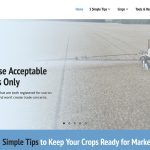
Advisory list includes nine crop chemicals
A joint initiative involving the Canola Council of Canada, Cereals Canada, Pulse Canada and the Prairie Oat Growers Association, it is intended to ensure the flow of Canada’s agricultural exports is not negatively impacted.





